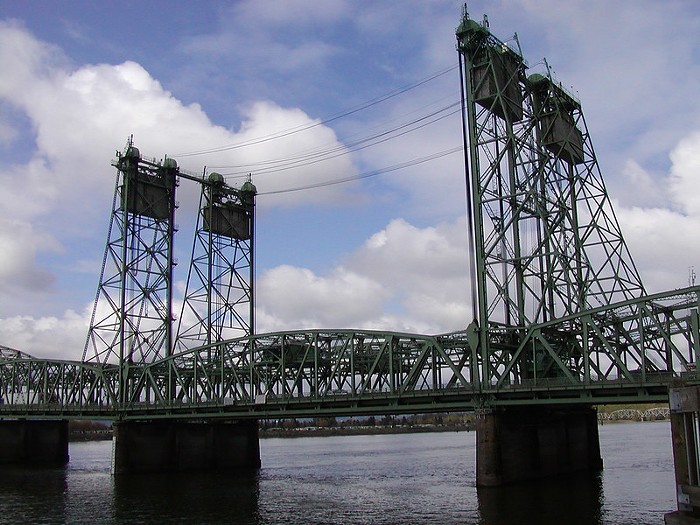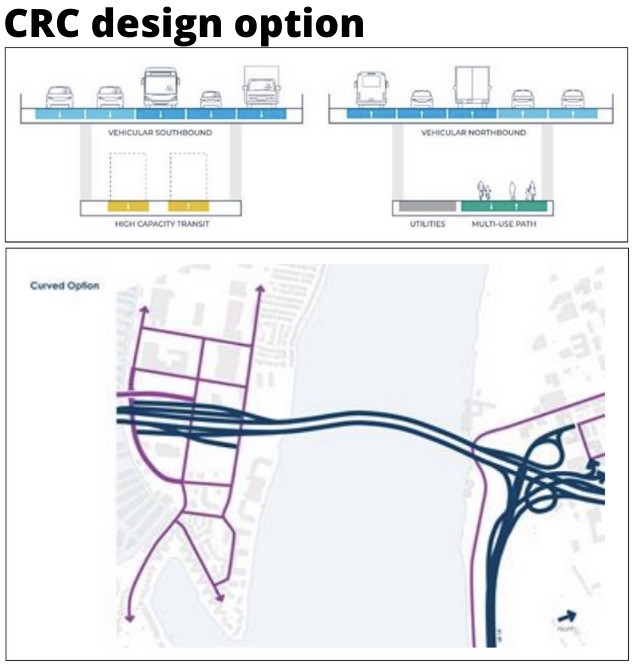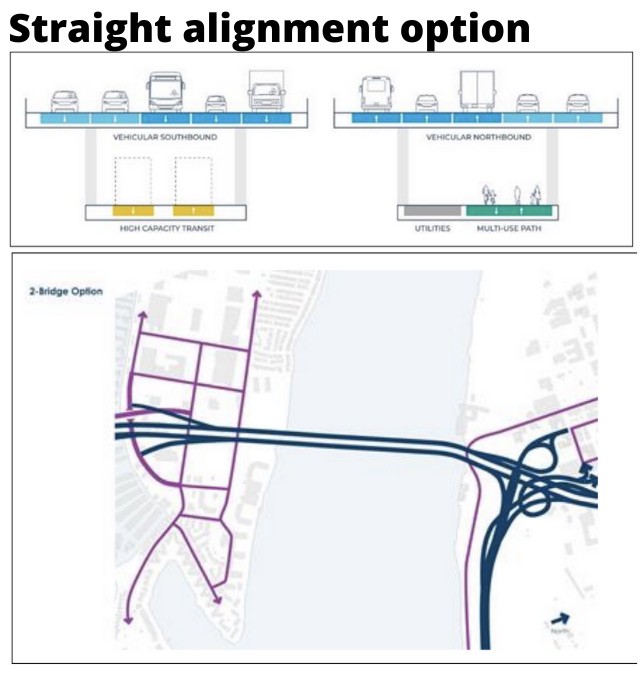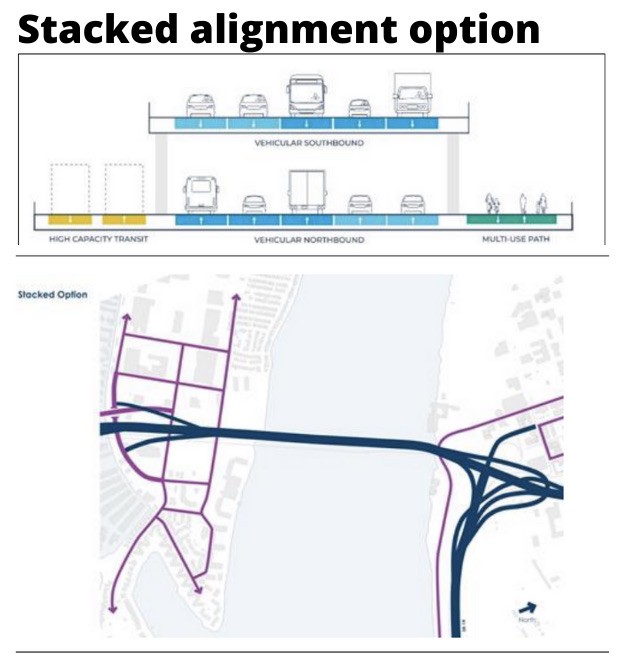Feature your business, services, products, events & news. Submit Website.
Breaking Top Featured Content:
Oregon and Washington Officials Consider Interstate 5 Bridge Designs


City and transportation department officials from Portland and Vancouver got a first look at the possible designs for the proposed Interstate 5 bridge replacement Thursday morning.
The project is the region’s second attempt at replacing the Interstate 5 Bridge over the Columbia River—a major thoroughfare for commuters and freight trucks. It comes on the heels of the Columbia River Crossing (CRC) project, which failed in 2014 after Washington and Oregon legislators were unable to agree on a funding plan.
In 2019, Oregon Governor Kate Brown and Washington Governor Jay Inslee revived the bridge replacement project, citing the need to address the seismic instability of the bridge, as well as improve traffic flow. The project now has a new name: the Interstate Bridge Replacement (IBR).
Now, after almost a year of discussing the issues the project needs to address, like traffic congestion and “substandard bicycle and pedestrian facilities,” the project’s oversight committee—made up of Portland and Vancouver city officials, public transit representatives, and transportation department leaders—are moving onto developing solutions, starting with selecting the bridge design.

The three proposed interstate bridge designs include the former CRC design—two five-lane bridges side-by-side with dedicated public transit and pedestrian and bicycle pathways underneath. The committee was also presented with a variation of the CRC design with a different onramp configuration and a single bridge option that stacks the north and southbound lanes on top of each other, flanked on either side by the transit lanes and a pedestrian and bicycle pathway. The bridge also has 10 possible public transit configurations, ranging from high-capacity light-rail, rapid bus service, and a combination of both.


According to IBR Program Manager Greg Johnson, the three design options provide the framework for the project to meet its goals of reducing travel times, increase the number of people using public transit, reduce crashes on I-5, and increase the bridge’s resilience to a major earthquake.
The IBR program leaders are asking the steering committee to select one of the design options by early 2022. Committee members on both sides of the state lines are skeptical of that timeline, mostly due to the time it will take for each agency to individually assess the options, ask follow-up questions about the project’s impacts, bring their viewpoints to the committee, and reach a consensus.
“I’m on board, but this still is a pretty fast timeline that I’m concerned with,” said Steve Witter, TriMet’s director of engineering and construction. “We don’t need to be in a rush to make a bad decision.”
Metro President Lynn Peterson requested more detail from the IBR team on how the proposed tolling of the bridge and an increase in public transit options would impact vehicle demand.
Portland City Commissioner Jo Ann Hardesty, who oversees the Portland Bureau of Transportation, emphasized how the bridge could impact the region’s climate goals.
“This project has to be part of the solution to the problem that we have on I-5, but it needs to demonstrate how it won’t contribute to more 124 degree days like we experienced just this last summer in the Lents neighborhood in Portland,” Hardesty said. “It needs to demonstrate how it won’t contribute to elevated rates of asthma and hospitalization for Black and brown Portlanders which normally are the recipients of the negative outcomes of freeway activity.”
“I’m happy moving forward,” Hardesty said, “I’m just saying don’t forget these critical components as we continue.”
After deciding on a design early next year, the committee’s recommendation, along with input from various other public surveys and community groups, will be presented to the bi-state legislative committee overseeing the bridge replacement. That group of Oregon and Washington legislators will be responsible for ultimately selecting the bridge design and moving the project into the environmental assessment phase, which evaluates how the project will impact the surrounding area. The IBR project aims to break ground on the bridge in 2025.
Future IBR meetings and opportunities for public comment on the project can be found on the IBR website.
Continue Reading at PortlandMercury.com here
